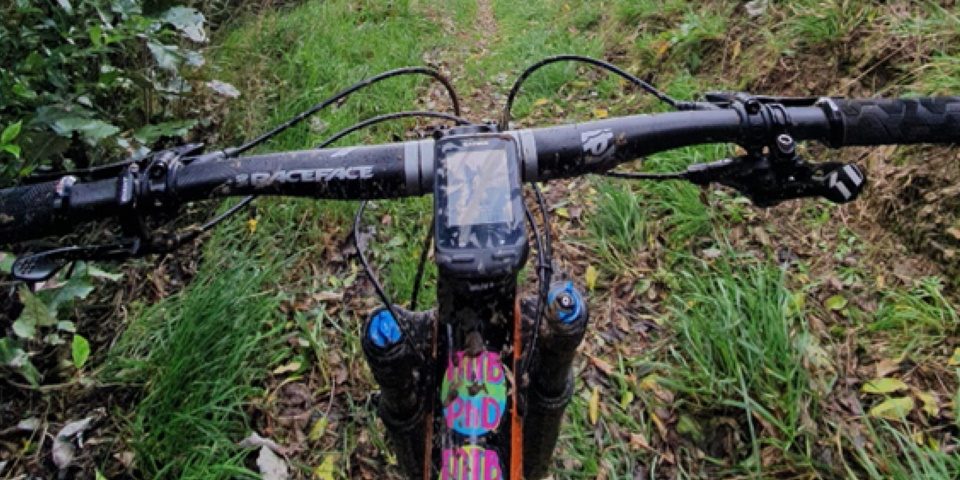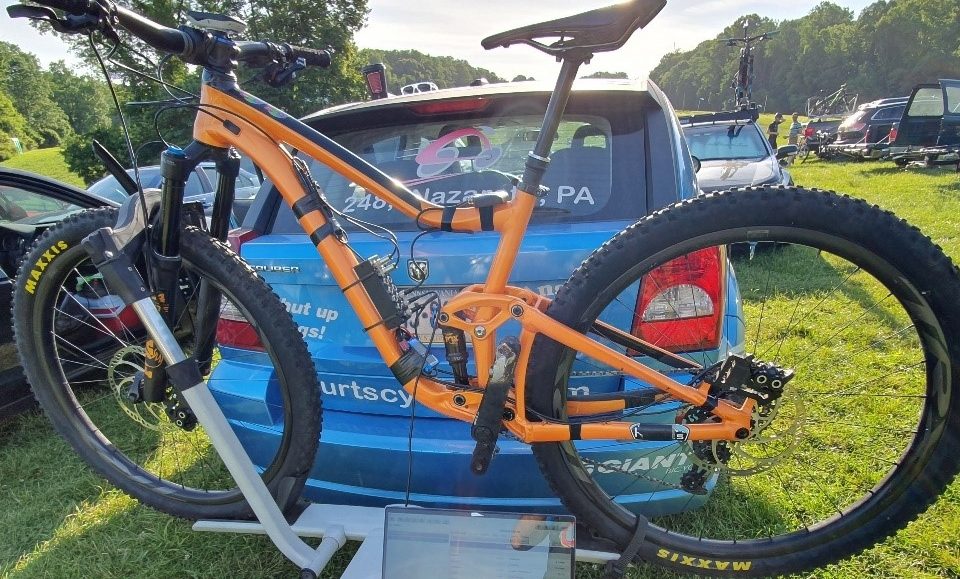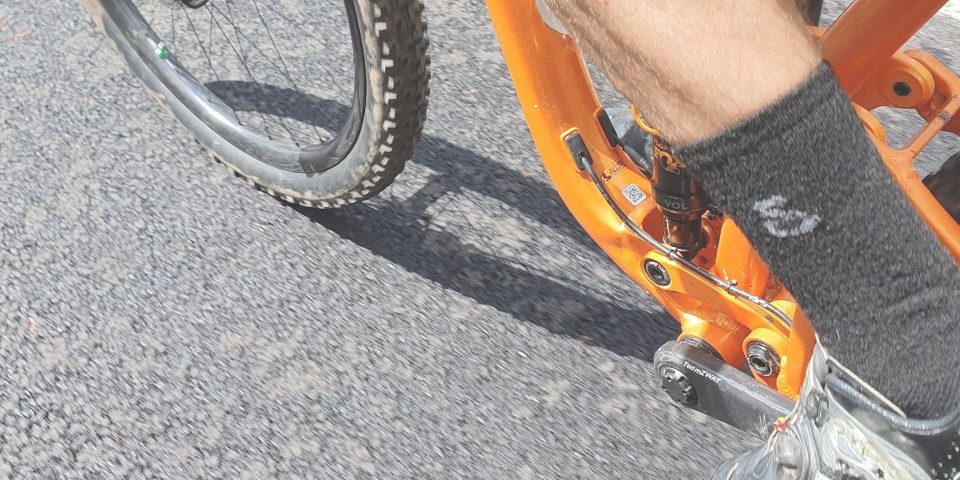Training
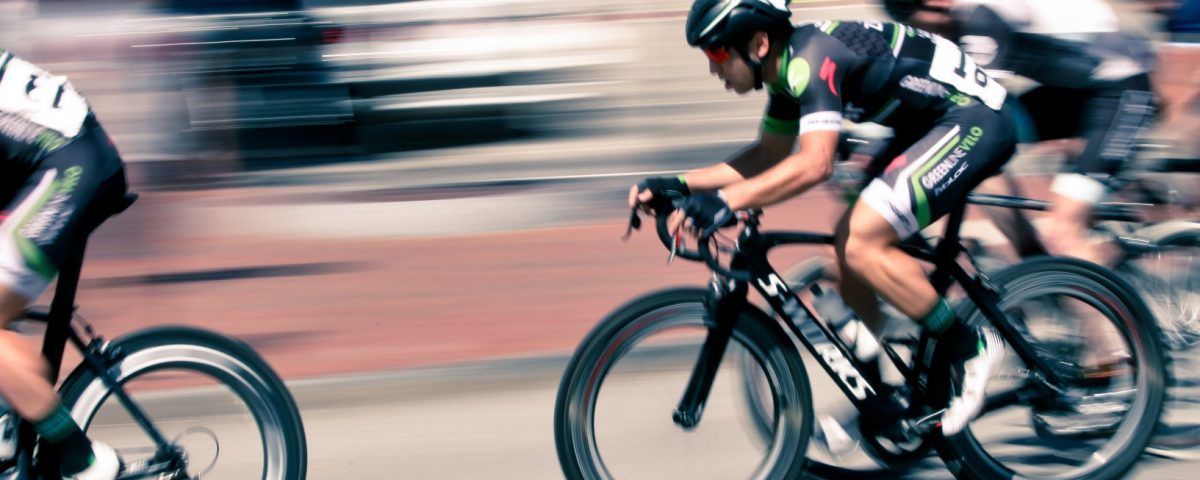
When is a dual-sided power meter better?
There are always a lot of discussions going on between power meter users. Is dual-sided really worth the extra cost? This is a fair question – also something we have spent some time debating internally. Here are some advantages and disadvantages of the dual-sided power meter.
But first a definition: By dual-sided I mean a power meter that actually measures the torque from both legs (our Zpider being one such example). As a contrast to a single-sided power-meter that only measures the torque supplied by one leg (usually left leg). A single-sided power meter may still report the same total power, as the value from one leg is simply doubled.
An example of a torque plot from a single-sided power meter is shown here to the left with a similar plot from a dual-sided power meter to the right. (This, btw, is actual raw data uploaded to us from our massive distributed test team – thank you very much 🙂
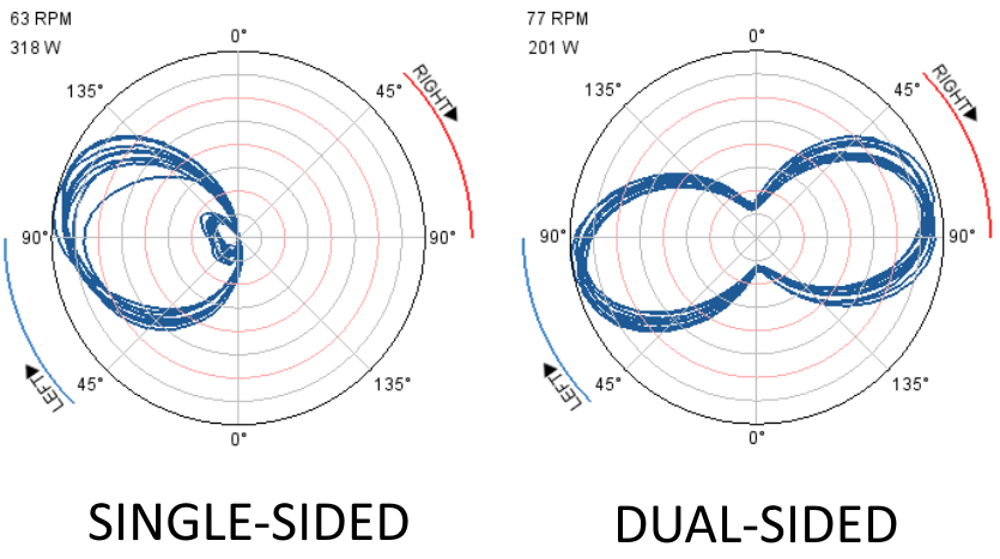
New to these types of plots? Here is something about how you read a torque plot.
Single Sided Power Meter
Looking at the single-sided, it’s clear that the torque data from the down-stroke of the left leg is where all the action is happening. The up-stroke of the left leg shows a little bit of negative torque (meaning the foot is resting on the pedal and not really pulling up). But as you can see, the majority of the torque supplied to the crankset is coming from the down-stroke of the left leg.
In this case, we used a plot from an arm-based single-sided power meter. Other types of single-sided power meters include spindle-based and some single-sided pedal-based power meters.
Dual Sided Power Meter
Contrast this to the dual-sided plot on the right, where you see equal amounts of torque being put on the crankset from both left and right legs (and in this case also a nice positive torque from the difficult top/bottom dead-spot areas).
This plot is made with a spider-based dual-sided power meter. There are other dual-sided concepts that can record a bit more data. For simplicity, let’s just focus on spider-based.
Single-sided advantages
What about advantages of a single-sided power meter? Well, if you closely at the plots above you can see one thing that the single-sided power meter can do better than any spider based dual-sided power meter. The torque applied during the up-stroke is measured individually by the single-ended power meter. This is a clear advantage. You will likely want to apply a bit of positive torque on the up-stroke (even though the plot here shows a small negative torque).
This also explains why a single-sided power meter will be able to report “Torque Effectiveness” and “Pedal Smoothness”, whereas a spider-based power meter will only be able to report “Pedal Smoothness”.
Cost may also be an advantage of the single-sided, however with the recent developments in pricing that is hardly a great argument anymore.
Dual-sided advantages
Just by looking at the two plots, the advantages of the dual-sided power meter should be clear on a number of points:
- Better accuracy. There is simply more data to base the total power calculation on. That improves accuracy.
- Faster updates. With the dual-sided power meter, both down-strokes are measured and the total power can be calculated more often. That reduces the lag from pedal stroke to power displayed on your head-unit. This will help you a lot on road. Maybe not some important for MTB.
- The dual-sided power meter can also calculate the left/right balance. You see this as 49%/51% on the head-unit. This tells you how balanced you are pedaling at the moment. You are most likely pretty evenly balanced, at least until you get really tired.
Those three parameters are in that order, what I consider the primary advantages of a dual-sided power meter.
Conclusion
We decided to focus on our spider-based road power meter Zpider for the time being. It is simply a better product for about the same price. So I guess that tells you something about what we think is the best solution for road today.
For MTB we still really like the Race Face CINCH spindle based power meter, as we are not yet offering anything for MTB. That is one very robust product, which is much more important for MTB.





